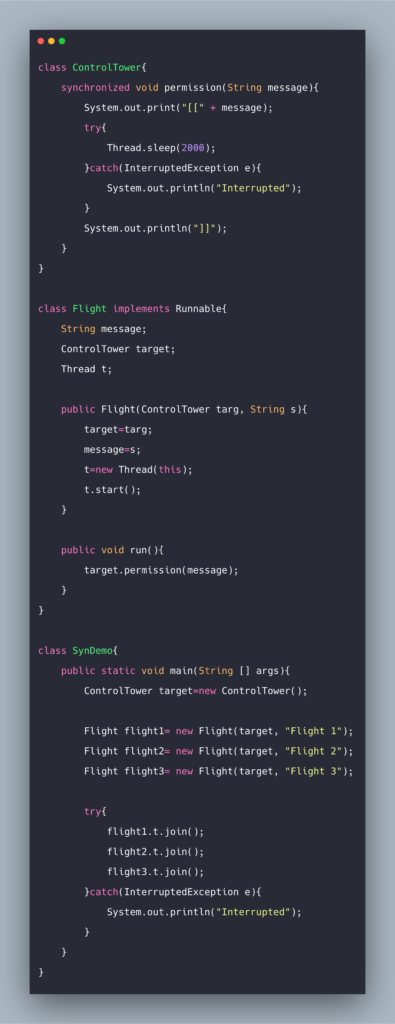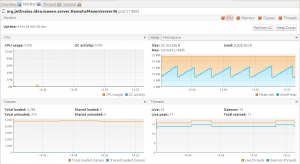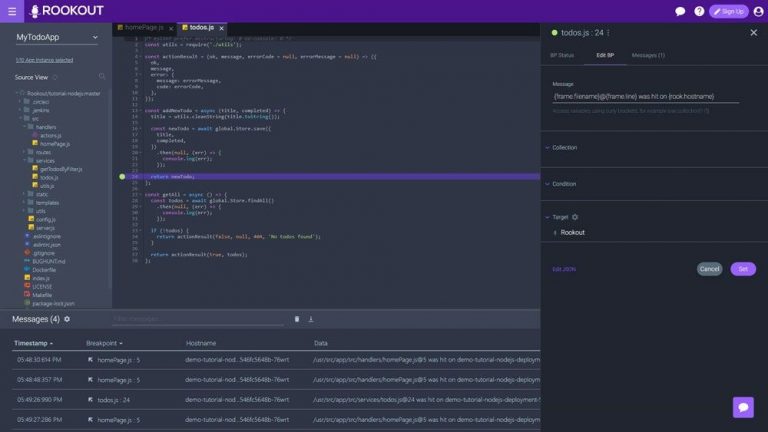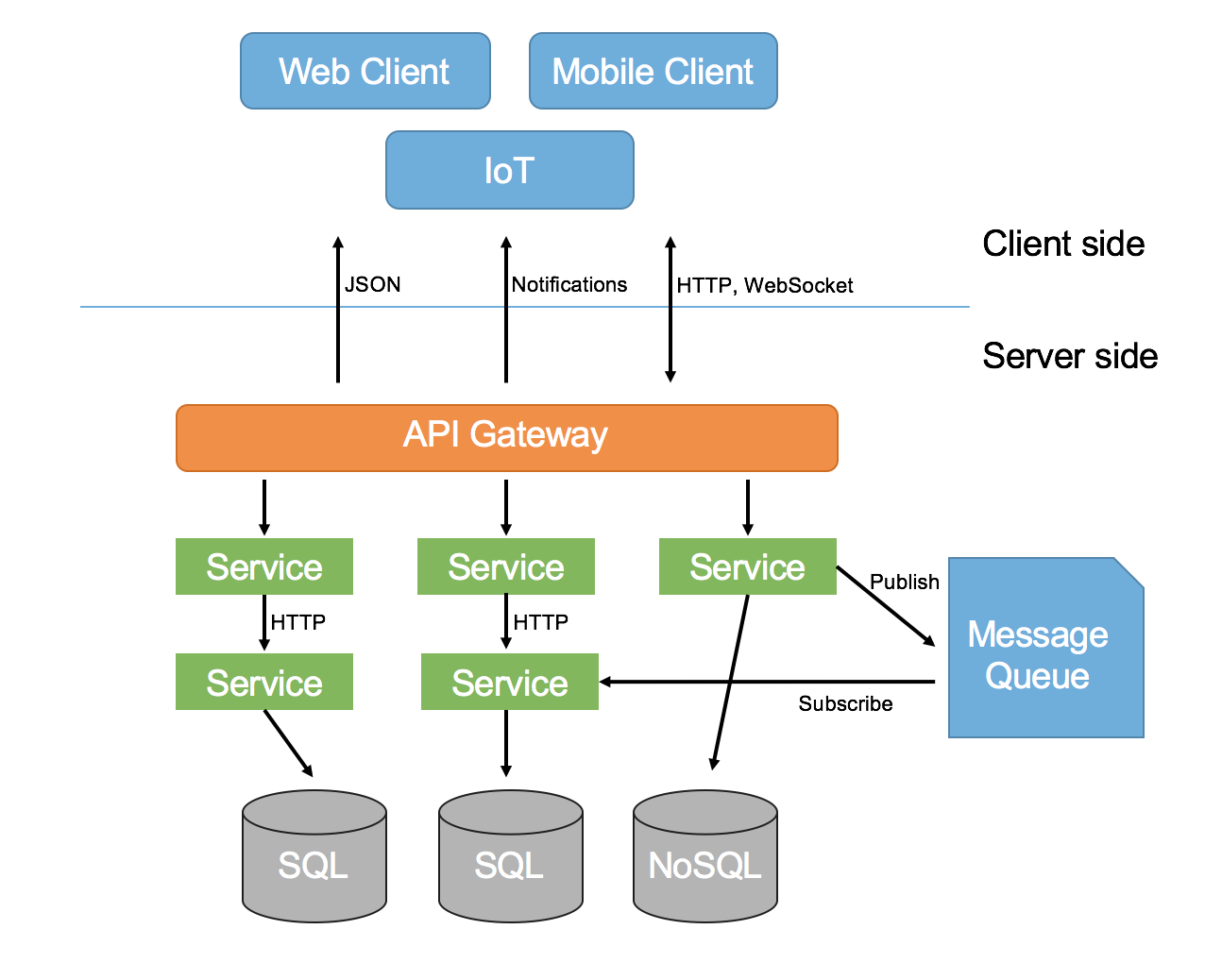

This cookie is set by GDPR Cookie Consent plugin. The cookie is used to store the user consent for the cookies in the category "Other. The cookies is used to store the user consent for the cookies in the category "Necessary".

The cookie is set by GDPR cookie consent to record the user consent for the cookies in the category "Functional". The cookie is used to store the user consent for the cookies in the category "Analytics". These cookies ensure basic functionalities and security features of the website, anonymously. Necessary cookies are absolutely essential for the website to function properly.

For example: $ jcmd 28430 JFR.stopįinally, you can dump the data collected so far by the recording with a specific identification number $ jcmd 28430 JFR.dump The JFR.stop diagnostic command stops a running recording and has the option to discard the recording data. To check the status of all recordings running for the specified process, including the recording identification number, file name, duration use the JFR.check diagnostic command: $ jcmd 28430 JFR.check
#Java process monitor how to
Here is how to start a 10-minute recording on the running Java process with the identifier 28430 and save it to session1.jfr in the current directory, use the following: $ jcmd 28430 JFR.start name=Session1 duration=10m filename=session1.jfr Let’s see how we can start a recording of a JFR session: Please note that these commands are available only if the Java application was started with the Java Flight Recorder enabled, that is, using the following options: -XX:+UnlockCommercialFeatures -XX:+FlightRecorder
#Java process monitor license
The Java Flight Recorder is a great tool to investigate performance issues, however it is a commercial tool from Oracle JDK, therefore check its license agreements:
#Java process monitor full
You can run a full Garbage Collector cycle as well: $ jcmd 28430 GC.runĪdditionally, jcmd can be used to produce a Java Flight Recorder diagnostic output. You can create as well an heap dump (hprof dump) with jcmd, by providing the filename: $ jcmd 28430 GC.heap_dump filename=Myheapdump

This command can be a bit verbose so you can redirect it to a file or use a grep to filter just on some classes: $ jcmd 28430 GC.class_histogram | grep ""Ĩ9: 553 17696 $ThreadLocalMap$Entryġ03: 190 15712 [$ThreadLocalMap$Entry Ģ15: 190 4560 $ThreadLocalMapĦ95: 14 336 $SuppliedThreadLocal You can check what is the Java process uptime in seconds $ jcmd 28430 VM.uptimeĪnother useful feature is creating a Class histogram, which provides at your finger tips how many instances of a Class is around. Print all the flags used for a VM (This is quite useful to gather quickly the initial and maximum heap size) $ jcmd 28430 VM.flags How to print all the system properties set for a VM $ jcmd 28430 VM.system_properties Let’s see for example how to gather a Thread dump of a Java process: $ jcmd 28430 Thread.printįull thread dump Java HotSpot(TM) 64-Bit Server VM (25.60-b23 mixed mode): The “help” command however will display which commands are built-in: $ jcmd 28430 helpĪs you can see, there’s plenty of useful commands available in the current JDK I’m using (OpenJDK 9). The list of available commands depend on the actual JDK you are using. In order to use jcmd you need to execute some commands against the Java Process (you can reference it either by PID or by its name). If you execute it without any parameter it will dump the list of Java Processes which are running: $ jcmdĢ8430 /home/jboss/wildfly-11.0.0.Final/jboss-modules.jar -mp /home/jboss/wildfly-11.0.0.Final/modules .standalone =/home/jboss/wildfly-11.0.0.Final =/home/jboss/wildfly-11.0.0.Final/standalone The shell jcmd is available into the $JAVA_HOME/bin folder. Please note that jcmd must be however used on the same machine where the JVM is running. As you will see in this tutorial it’s enough to learn just one: jcmd which allows to perform most diagnostic commands just using a single tool. We will see how we can gather some useful diagnostic information of a running instance of WildFly.Ĭurrently we have already several diagnostic tools for the JVM like jmap, jstack, jstat. In this tutorial we will learn more of the jcmd diagnostic command utility which is available since Java 8.


 0 kommentar(er)
0 kommentar(er)
